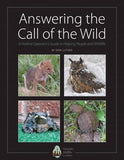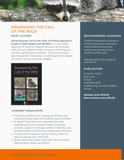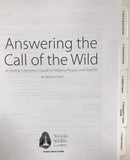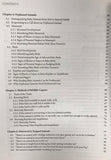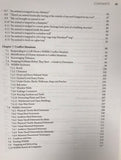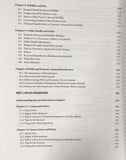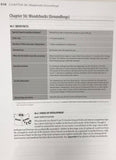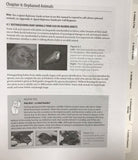Answering the Call of the Wild: A Hotline Operator's Guide to Help People & Wildlife
Answering the Call of the Wild: A Hotline Operator's Guide to Help People & Wildlife is a rehabilitator's best tool for managing public calls about injured and orphaned wildlife, wildlife "nuisance", and human-wildlife conflict issues.
- Section A of the manual discusses setting up a hotline program and the basic requirements for answering calls and understanding the finder's questions.
- Section B is an incredible resource detailing the many types of questions raised by the public, clarifying questions to ensure an accurate understanding, and answers for each scenario.
- Section C provides a wealth of useful species natural history information.
Reviews of Answering the Call of the Wild
By Erin Luther
Published 2010
Total number of pages: 503













